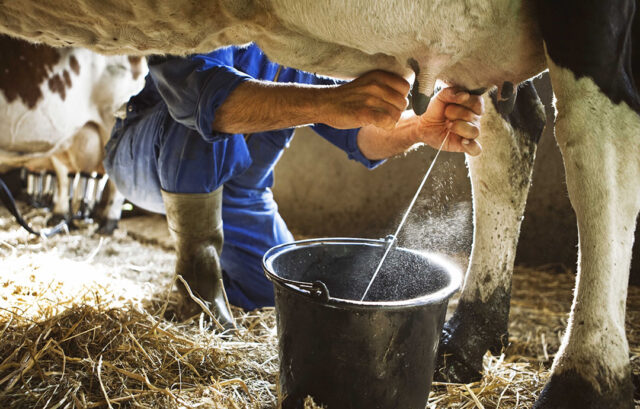
INTRODUCTION
Nowadays, small scale farmers in developing countries face laboriousness which includes high production costs, low margins of profit. They are unable to choose price for their agricultural products.
Expense of purchasing animal stock, their shelters. Maintenance, disease control and feeding management practices are the main causes of cost of milk production. There are some other factors like seasonal variation and variation in cost of input like green feed, dry feed and concentrate throughout the year are also important factor that affect the cost of milk production.
Alterations or adaptations in feeding management and nutrition have the most possible potential production l in shortest amount of time out of all realizable ways in a dairy farming system to produce maximum profits to the farmers.
STRATEGIES
UNCONVENTIONAL FEED RESOURCES:
Replacing the conventional feed with an unconventional feed is the most reasonable option to fulfil the scarcity and also decreases the production costs. Appropriate method of processing and detoxification must be used.
Remnants from agricultural crops are a novel source of feed that might be applied to feed livestock.
TOTAL MIXED RATION:
This is the method of weighing and mixing all different feed stuff into forming a complete ration which provides sufficient nutrition to meet the dietary needs of cow that produces milk for one day.
This feature consists of increase in 4-5% feed intake, improve ruminal microflora and environment, better formulation and feeding accuracy and improving the taste or flavour of non traditional feeds like urea , limestone, fatty acids.
It is very important to avoid overmixing and undermixing the ingredients while blending all the feeds in a total mixed ration.
Therefore it is an effective method that can reduce feed loss and promote feed efficiency in cows that produce milk.

TECHNIQUES FOR ADDING MINERALS IN FEED:
Different breeds require minerals for optimal well being, growth and milk production. Generally green fodder contains less amount of minerals and need continuous or frequent supply for high milk producing animal.
Its deficiency is difficult to diagnose as symptoms appears after an extended period of under feeding.
Mineral deficiency interfere with growth and production without showing particular signs.
Therefore for high producing animals , correct amount of mineral supplementation is essential which involve supplemental blocks, lick or mineral blocks, mixing of powder with concentrate feed.
There are some minerals which should not be fed in excess because they are unsuitable with one another and decreases their absorption. For example calcium to phosphorus proportion should be zero to one.
For better performance, minimum mixture need to contain both main and trace minerals in appropriate amount.
DRY PERIOD:
Animal should be given proper dry period which is necessary for their recovery. This period affects the next lactation period.
In this period provide low quality forage like grass hay, straw.
Vitamin A, D, E must be included in diet to increase survival of calf , decrease the risk of retained placenta and improve the complications of milk fever.
TECHNOLOGY APPLIED FOR PRECISION FEEDING:
This method ensures most efficient and most secure production of animal products , best products quantity and at same time lowest level of environmental pollution by decreasing elimination of unutilized nutrient.
It meets the nutrient needs of an animal with highest degree of adequacy.
CONCLUSION:
A balanced diet enhances nutrient utilization by stabilizing ruminal fermentation. The entire expense of technologies for both consumers and farmers must be taken into account.

4TH Professional year BVSc and AH
IIVER, ROHTAK (LUVAS)
Dr. DEEPANDITA BARMAN (Assitant Professor), LCVSC, ASSAM Agricultural University

















